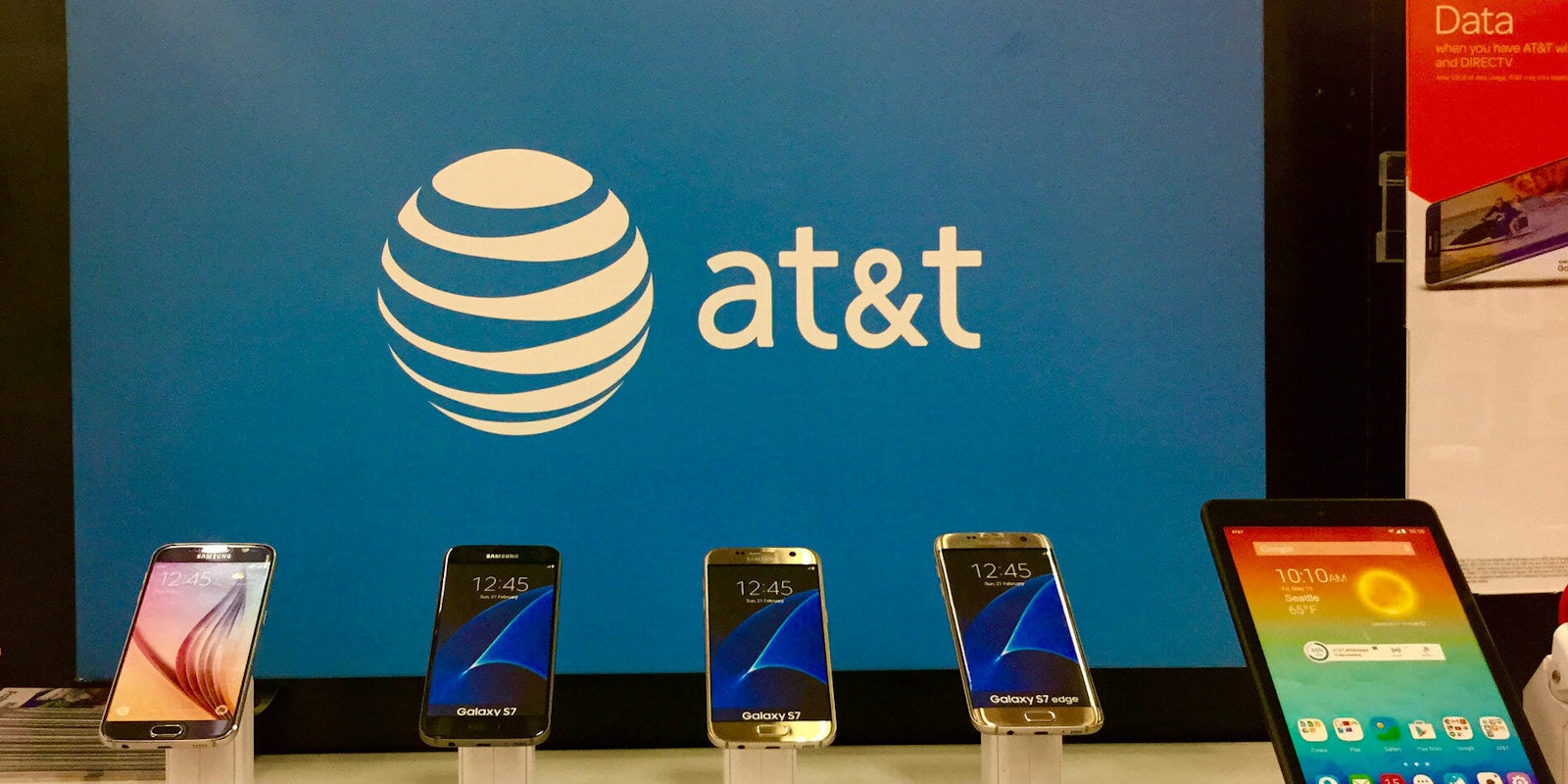It’s time to forget about LTE and focus your attention on 5G wireless, the next-generation cellular network designed to bring faster speeds to your mobile devices. After years of empty promises and tweaking standards, it’s finally looking like a legitimate, full-blown 5G network could land by the end of 2018.
At least, that’s what AT&T is promising. The mobile carrier announced on Thursday plans to launch a 5G network in dozens of markets by the end of the year. It will be based on the standards or set of specifications that were recently revealed by the 3GPP, a group comprised of seven telecom development organizations. Now that those details have been publicly released, chipset and device manufacturers can start developing 5G-compatible hardware.
5G has faced quite a bit of criticism over the last few years and has been labeled a marketing stunt by experts who believe it will be exploited by carriers. That was certainly the case when AT&T launched the so-called “5G evolution network,” which was no more than a boosted 4G LTE with a headline-grabbing name.
What AT&T is now proposing is what we’ve been waiting for: a network enabled by new technologies that offers unparalleled speeds and low latency. Per AT&T’s definition, latency is the short delay between the time you request data (press on a link, click play on a video, etc.) and the time that data shows up on your display.
A few applications AT&T believes speeds from its upcoming network will enable include virtual reality and 4K video. It also predicts decreased latency will allow driverless cars to make real-time decisions, like when to brake or turn to avoid a crash. Interestingly, AT&T is also bringing its network to businesses, not just mobile devices.
“In addition to plans for offering mobile 5G to consumers this year, we expect to trial 5G technology with businesses of all sizes across industries to help them to transform business operations and create more engaging experiences for their customers,” the company wrote.
Unfortunately, AT&T didn’t offer specifics about its networks. We still don’t know what max speeds it will offer, which cities will trial first, or what month it will be unwrapped. We’ll also have to wait for device manufacturers to include hardware capable of operating 5G. Qualcomm, whose components are used in almost every smartphone, is readying its X50 5G modem, though it’s unclear when the likes of Samsung and LG will start using it. Apple is also reportedly working with Intel to place a 5G modem in upcoming iPhones.
AT&T isn’t the only U.S. mobile carrier readying its network for next-gen speeds. Verizon, which has been buying up spectrum, plans to have 5G up and running in five cities by the end of this year. Sprint wants its network ready by the end of 2019 while T-Mobile also expects nationwide coverage by the end of next year.
While it could be several years before we see a “5G” icon light up on the top of our phones, the complicated pieces that make up the much-anticipated network are starting to come together.


